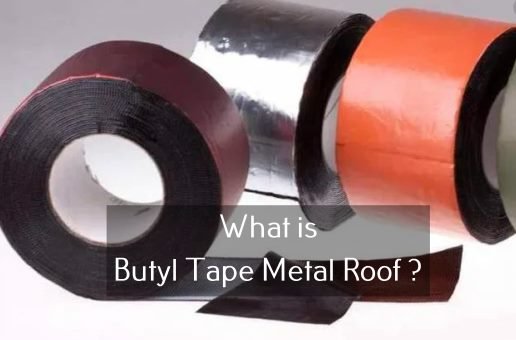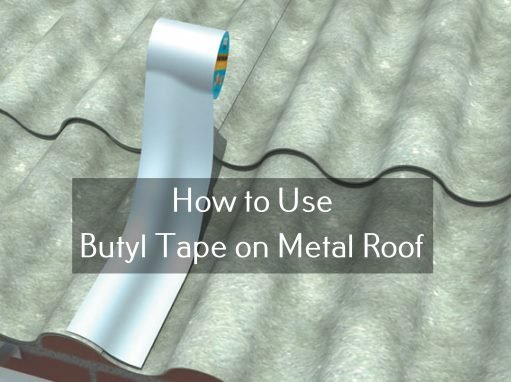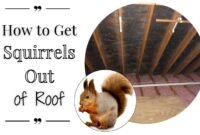While seemingly minor in the grand scheme of a metal roofing installation, sealants play an essential role. Though often hidden from view, sealants such as butyl tape sealant provide vital protection, making them indispensable components of the roof’s structure.
Besides, it has a role in providing secondary protection in harsh climates. A sealant is a material used to seal something, so it becomes waterproof or airproof. Generally, it is used in several applications, including in metal roofs.

There are primarily two types of sealants used in metal roofing: gun caulking and tape sealants. Here, our focus is on the tape variety, and its critical role in constructing and maintaining metal roofs.
Read also: Joining Two Roofs with Different Pitches
Butyl Tape Metal Roof
It usually comes in the form of rolls, and each one of them has different shapes, thicknesses, and shapes. Butyl tape can stick to a wide range of materials. That is why it is frequently used in metal roofing.
The butyl tape metal roof is crafted from butyl rubber, a synthetic material combining isoprene and copolymer. This composition grants it exceptional adhesiveness, making it suitable for not only metal roofs but various roofing applications.
Butyl tape is an adhesive tape made from butyl rubber, prized for its strong adhesion, flexibility, and resistance to weather and chemicals. It is widely used in metal roofing to seal joints, seams, and fasteners.
Benefits of Butyl Tape
- Watertight Seal: Provides a reliable barrier against water infiltration.
- Flexibility: Adapts to the expansion and contraction of metal roofing materials.
- Durability: Resistant to UV rays, weather, and chemicals, ensuring a long-lasting seal.
Is Butyl Tape Necessary for Metal Roofing
Not every component of the metal roof requires butyl tape. Here are specific instances where it is necessary:
- Metal-to-metal installation in which the metal will be attached or fastened.
- On the bottom of the inverted cleat and z-closure.
- Under a pipe cap, it will be connected to the metal plate.
Do not use the butyl tape when :
- No part must be fastened or screwed down.
- It requires a specific metal roof seam tape in the middle of panel seams, not just a butyl tape.
- On the other side of z-closure.
How to Use Butyl Tape on Metal Roof
Prior to applying the butyl tape to the metal roof, it is essential to source this tape sealant. Searching for “where to buy butyl tape” online will provide numerous options for purchasing this versatile product.
This type of sealant can be easily attained in the nearest hardware store. Still, if it’s impossible to get out of the house, you can order it through the online marketplace and get ready to apply it on the metal roof.

For instance, the butyl tape can be applied in scenarios such as at z-closures or beneath pipe flashings. Ensure the metal surface is clean of any debris or dust before application. The butyl tape should be placed between metal plates, much like how one would use regular double-sided tape.
The materials will be flattened out when all three layers are fastened together. It is because every four inches of the materials are sealed to the core.
The last part is extremely vital because it will compress it out for about two inches on every side when a butyl tape is applied. That is where a butyl tape successfully creates a tight seal.
Expert Insight
A roofing expert notes, “Butyl tape is essential for metal roofing projects due to its superior adhesion and flexibility, which ensure a long-lasting seal even in harsh weather conditions.”
Once the butyl tape is applied and all layers are securely fastened, the materials will compress and flatten. This occurs because the tape seals every four inches to the core, extending a tight seal outward by about two inches on each side, ensuring a robust, weatherproof barrier.
Personal Experience and Expert Tips
In my projects, using butyl tape has significantly enhanced the durability and waterproofing of metal roofs. For instance, during a recent project, applying butyl tape to the seams and fasteners of a metal roof prevented leaks and extended the roof’s lifespan.
Best Practices for Application
- Surface Preparation: Ensure the metal surface is clean and dry before applying the tape.
- Proper Alignment: Align the tape carefully to cover the entire seam or joint.
- Pressure Application: Apply firm pressure to ensure proper adhesion.
Maximizing Butyl Tape Bonds
To achieve optimal results, follow these techniques:
- Temperature Considerations: Apply the tape in moderate temperatures for best adhesion.
- Avoid Stretching: Do not stretch the tape during application, as this can weaken the seal.
- Overlap Joints: Overlap tape ends to maintain a continuous seal.
Conclusion
Butyl tape is an indispensable component in metal roofing, offering excellent adhesion, flexibility, and durability. By following best practices for application, you can ensure a long-lasting, watertight seal for your metal roof.
Whether you’re sealing joints, seams, or fasteners, butyl tape provides a reliable solution for protecting your roof against water infiltration and weather damage.

